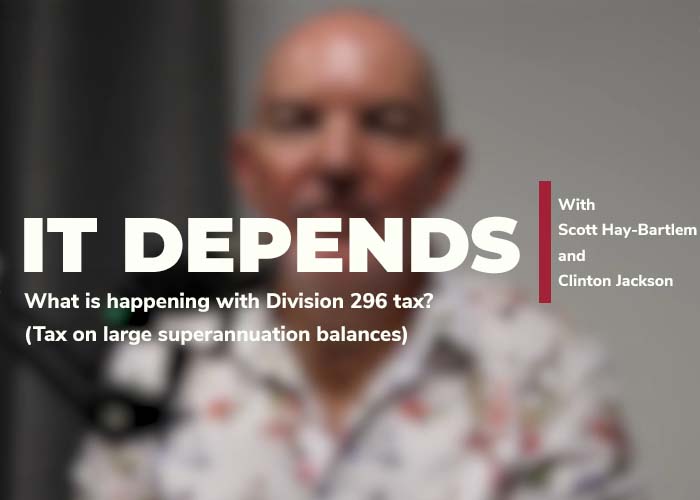Superannuation savings now comprise a major asset of many people, be they retirees or younger people saving for retirement, particularly if they hold life insurance in their superannuation fund.
When preparing an estate plan it is critical that people consider how their superannuation benefits will be dealt with if they die.
The importance of this is highlighted by the New South Wales case of Katz v Grossman [2005] NSWSC 934.
In this case, Daniel Katz brought an action against his sister Linda Grossman and her husband Peter Grossman claiming an interest in their father’s self managed superannuation fund.
The facts of this case were as follows:
- Ervin and Evelin Katz were individual trustees of their self managed superannuation fund.
- Evelin died in 1998 and Ervin appointed Linda as an additional trustee of the fund.
- When Ervin died in 2003, Linda appointed her husband Peter as a trustee.
- Ervin had made a non-binding nomination of beneficiary in which he indicated that he wanted his superannuation benefit to be divided equally between Daniel and Linda.
- Linda and Peter refused to follow Ervin’s non-binding nomination and decided to pay the entire benefit of approximately $1,000,000 to Linda.
- Daniel challenged the appointment of Linda and Peter as trustees of the fund.
- The Court held that both Linda and Peter were validly appointed as trustees.
It appears that the end result was that Linda paid the entire death benefit to herself to the exclusion of Daniel.
While there may have been another avenue for Daniel to challenge the decision under the Trusts Act, this is an expensive option and avoidable if Mr Katz’s superannuation was considered as part of his estate planning.
This case highlights the importance of ensuring:
- your estate plan transfers control of your superannuation fund (and the power to pay death benefits) to the right people;
- your Will allows the executors to reduce the share a beneficiary will get under the estate if they have received a direct payment of superannuation benefits; and
- changes of trustee are properly documented and retained.
It is also crucial to consider the appropriateness of binding nominations in certain circumstances. In this case, if Mr Katz had made a binding nomination, his wishes would have been carried out, regardless of who took control of the superannuation fund.




